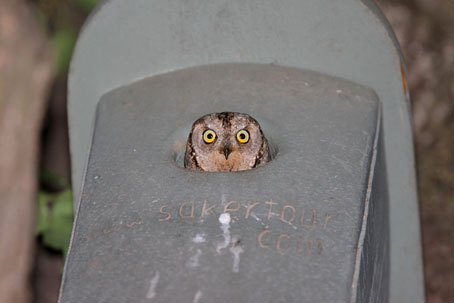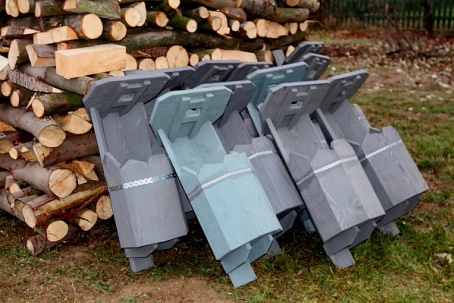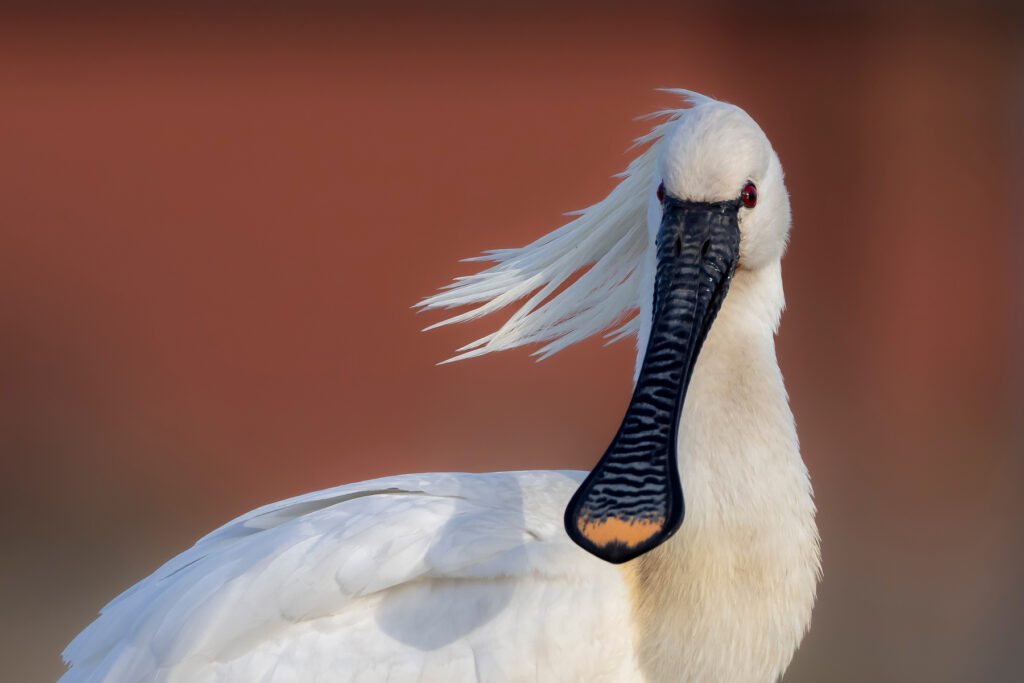Sakertour and nature conservation
Sakertour is a university based company and highly committed to conservation
Financed various biodiversity research projects.
– bird community surveys in the Carpathians
– Carpathian, Oriental and Neotropical Caddisfly projects.
Installed over 550 owl nest-boxes in Carpathian forests of Hungary, Romania, Slovakia.
Spend considerable time and resources to create feeding habitat for birds (winter eagle feeding, winter passerine feeding, fish-eating bird feeding etc.)
Contributed to and participated in several landscape level restoration projects in the Hortobágy National Park.
Developed ecotourism in cooperation with Hortobágy National Park Directorate, Hortobágy Fish Farm Co., Hortobágy Environmental Association, Carpathian International Association for Nature.
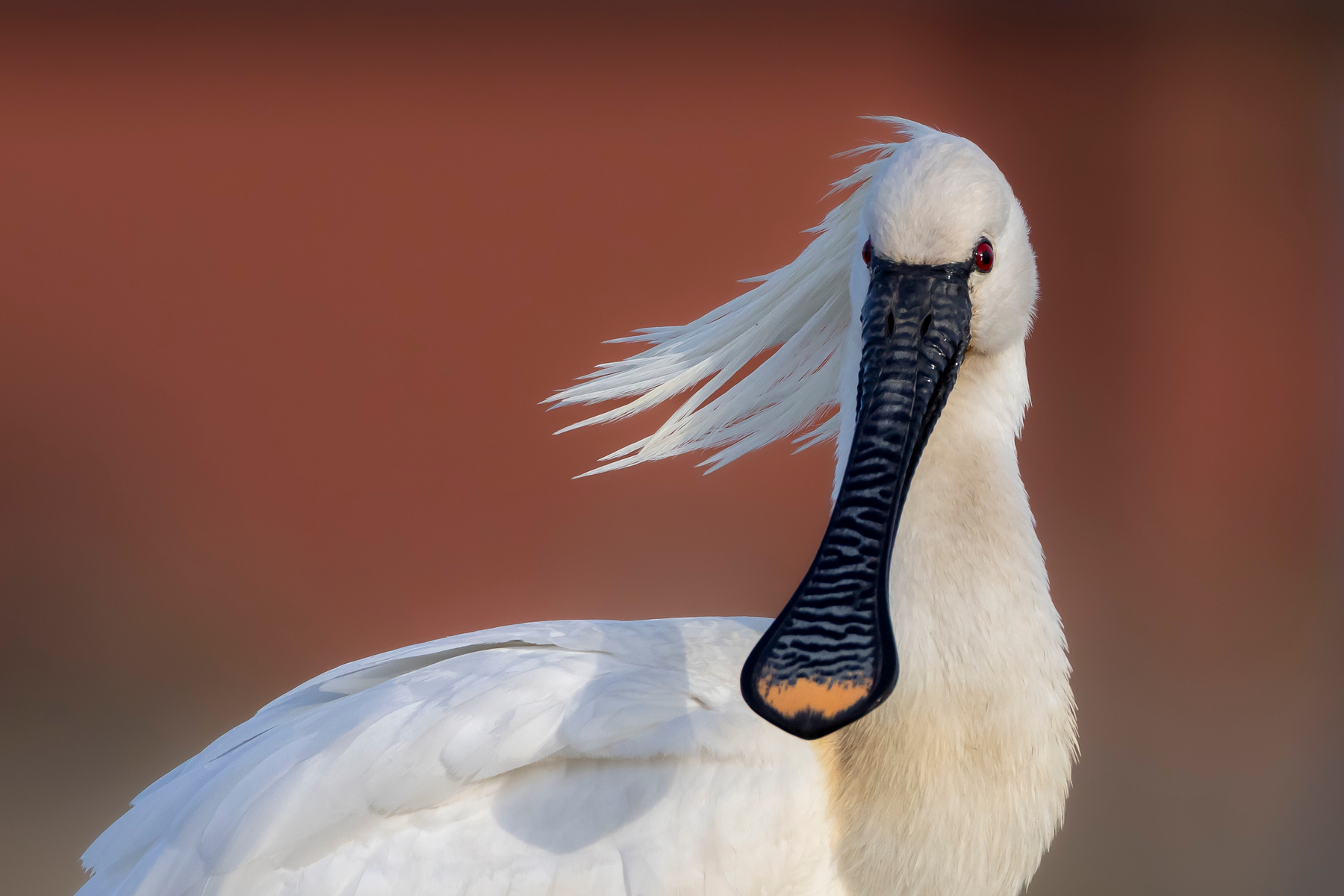
What is conservation?
Nature conservation is an ethic of resources use, allocation, and protection based on understanding of the social and cultural context of conservation.
This is why Sakertour maintains ecological ethic in Birdwatching and Hide Photography practices.
What is ethics?
Ethics is the system, the science and the philosophy of moral. What is moral? Moral is the mechanism of idealization. How the eighth interactive force of the universe forms animate organisms and inanimate particles. How a good or bad human individual and community relates to, deals with or is capable of conducting its relation to nature, including human beings. We must understand that we are components of nature: this is why our spirit of idealisation forces us to be assimilated into nature and get involved in birding and photography.
Birdwatching Ethics
Principles of birding ethics
(based on North American Nature Photography Association, http://www.nanpa.org)
- Promote the well-being of the habitat, bird and photographer.
- Every habitat and bird is unique, and cumulative impacts occur over time.
- Promote good stewardship of the resource.
Professional
- Learn patterns of animal behavior: know when not to interfere with animals’ life cycles.
- Respect the routine needs of animals: remember that others will attempt to photograph them, too.
- Use appropriate lenses to photograph wild animals: if an animal shows stress, move back and use a longer lens.
- Acquaint yourself with the fragility of the ecosystem: stay on trails that are intended to lessen impact.
Social
- Inform managers or other authorities of your presence and purpose: help to minimize cumulative impacts and maintain safety.
- Learn the rules and laws of the location: if minimum distances exist for approaching wildlife, follow them.
- In the absence of management authority, use good judgement: treat the wildlife, plants and places as if you were their guest.
- Prepare yourself and your equipment for unexpected events: avoid exposing yourself and others to preventable mishaps.
Individual
- Treat others courteously: ask before joining others already shooting in an area.
- Tactfully inform others if you observe them engaging in inappropriate or harmful behavior: many people unknowingly endanger themselves and animals.
- Report inappropriate behavior to proper authorities: don’t argue with those who don’t care; report them.
- Be a good role model, both as a photographer and a citizen: educate others by your actions; enhance their understanding.
Bird-photography Ethics
Ethics of bird photography
(based on North American Nature Photography Association, http://www.nanpa.org)
- Promote the well-being of the habitat, bird and photographer.
- Every habitat and bird is unique, and cumulative impacts occur over time.
- Promote good stewardship of the resource.
Professional
- Learn patterns of animal behavior: know when not to interfere with animals’ life cycles.
- Respect the routine needs of animals: remember that others will attempt to photograph them, too.
- Use appropriate lenses to photograph wild animals: if an animal shows stress, move back and use a longer lens.
- Acquaint yourself with the fragility of the ecosystem: stay on trails that are intended to lessen impact.
Social
- Inform managers or other authorities of your presence and purpose: help to minimize cumulative impacts and maintain safety.
- Learn the rules and laws of the location: if minimum distances exist for approaching wildlife, follow them.
- In the absence of management authority, use good judgement: treat the wildlife, plants and places as if you were their guest.
- Prepare yourself and your equipment for unexpected events: avoid exposing yourself and others to preventable mishaps.
Individual
- Treat others courteously: ask before joining others already shooting in an area.
- Tactfully inform others if you observe them engaging in inappropriate or harmful behavior: many people unknowingly endanger themselves and animals.
- Report inappropriate behavior to proper authorities: don’t argue with those who don’t care; report them.
- Be a good role model, both as a photographer and a citizen: educate others by your actions; enhance their understanding.
Nature conservation is a cognitive approach to human and nature relation.
This is why Sakertour initiates and finances extensive research on biodiversity.
Why Biodiversity research?
Species form the biodiversity, the resources of ecosystem services. It functions like a global commercial bank producing the life-supporting ecosystem services as well as like a huge insurance bank ensuring its long-term viability. Economic valuation of ecosystem services produced by biodiversity resource became a promising interdisciplinary research area in recent years. We are getting more aware that only a small fragment of the biodiversity resource is described, and running with time in the vital process of revising the neoliberal economic ideas that kill our living companies, while degrading biodiversity resources in an accelerating rate.
How can we survive the dictates of the “Modern Economic Man”?
Why biodiversity crisis of liberal economy is so vital?
Why we need to quantify the biodiversity with species survey (birds) and species description (caddisfly)?
Are we able to describe the unknown species even if the present funding scenario changes and becomes linked to describing new species?
Lack of taxonomist
Lack of taxonomists to handle the task of identifying and naming undescribed species that is the lack of expertise to effectively describe the remaining biodiversity on earth is a real “taxonomic impediment”.
Is it really an ”impediment” or is it rather an “expedient”?
Inactivity of taxonomist
There is “another taxonomic impediment”, that is clearly an “expedient”. That is simply our inactivity in describing new species and this is created and maintained by our inherent human character that few taxonomists enjoy the entire process in the publishing arena. Individual taxonomists have their own habits. Few of us complete all the eight steps leading to the taxonomic nirvana of species description.
Both the limiting number and the inactivity of taxonomist contribute to the present scenario when we are unable to keep the race of describing over killing.
Economy of biodiversity
Under the increasing pressure of resource consumption and malfunctioning allocation we are facing the problem how to describe rapidly and reliably the unknown species. Species which have still survived in the habitat fragments left, and species which have been already extinct but waiting for description as dead specimens in collections. Human ethics, the philosophy of moral urges our human duty to produce at least a monument of description for these tiny creatures. Every living creature constitutes the biosphere together with us on their own right. Moreover their biodiversity produces annually 180 1012 USD, the calculated global value of ecosystem services vital for sustainable economy and for human survival. This is 4.5 times more than the annual gross world product (GWP: 40 1012 USD in 2000) of the “modern economic man”.
Sakertour and Biodiversity
Sakertour is a university based company that initiates, invests, carries out and co-ordinates field research on bird populations, zoology, habitat restoration, landscape ecology, rural development and ecotourism.
Bird Biodiversity research
During the years of 1995-2011 Sakertour has initiated and financed several expeditions to survey breeding bird populations in the Carpathian Basin. A major ornithological project is the writing and compilation of the ‘Handbook of the Birds of the Carpathain Basin’ and Sakertour financing various parts of this mega-project. The latest support was the launching of the rarebirds.hu website which is an online data collection of 35% of the birds of the Carpathian Basin. The owl boxing project financed by Sakertour also serves as a population estimate of this group at various sample sites in the region. Our guides are also very active in survey works and research projects and you can see a few sample articles by our team below.
- The birds of Hortobágy. Ecsedi Z. (ed.) 2004. The first comprehensive manual on the birds of the Hortobágy National Park, with the species monographs compiled by the best specialists and based upon historical as well as primary distribution data. Many of these species monographs and a substantial number of pictures have been produced by our guides.
- Ecoprogramme for restoration of degraded habitats on Hortobágy Natinal Park. J. Oláh, Cs. Aradi, Z. Ecsedi, J. Oláh Jr., E. Sarosi, I. Sándor and G. Szilágyi 2001.FVM Publication p 144.
- Ecological management for wildlife protection on Kisköre reservoir, a Ramsar area of Hortobágy National Park. Oláh J., Cs. Aradi, I. Bancsi, Gy. Dévai and P. Végvári. 2001, FVM Publication p.162.
- Mineral cycling guilds of aquatic birds: transporters, accelerators and bioturbators. Oláh J. Jr. 2001. University of Debrecen. MsSc Thesis p.53.
- Population density and fish consumption of Cormorants in Hungarian fishponds. Olah J., Z. Ecsedi and J. Oláh Jr. 2002. Hungarian Waterfowl Publications.
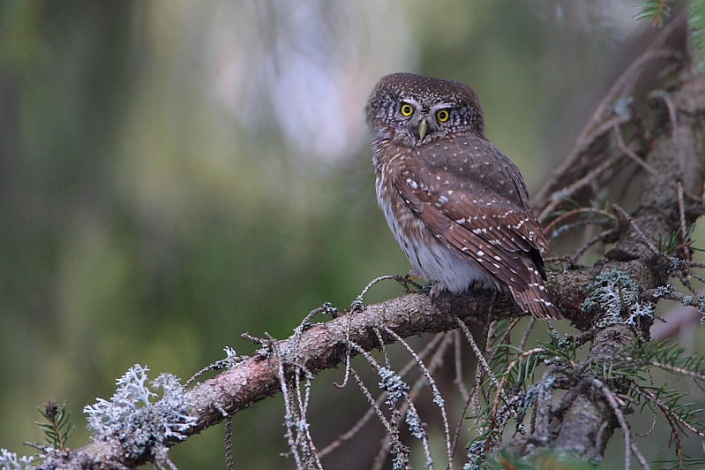
Caddishfly Biodiversity researc
Describing new exotic species
During the years of 1995-2011 Sakertour has initiated and financed several expeditions to collect caddisflies in the Oriental, Australasian, Afrotropical and Neotropical major Biogeographic Regions. Elaborating the exotic materials collected during these expeditions Sakertour has financed the laboratory studies and covered the publication cost of 5 monographs and 7 papers in Zootaxa, a Megajournal for Zoological Taxonomists in the World: www.mapres.com/Tricoptera, 14 papers in Braueria, an international journal specialised to publish caddisfly papers: www.biologiezentrum.at, and 27 papers in various zoological journals. The new species described from these expedition materials is over 740, with 4 new caddisfly genera.
Project of discovering and describing new European caddisflies
During the years of 2008-2011 Sakertour has financed field and laboratory expenses to explore and describe endemic caddisfly biodiversity in the Carpathian and Balkan Biogeographic Regions. Personal and financial effort is focused on the taxonomy of the European genus Drusus and the European tribe Chaetopterygini. Both taxa have produced intense speciation processes during the pleistocene period. 21 new European caddisfly species are already described.
Financing holistic zoological activity
During the entire period Sakertour has financed all the eight steps leading to the taxonomic nirvana of species description:
- Enjoyment of nature
- Enjoyment of collecting
- Enjoyment of sorting
- Enjoyment of the discovery
- Enjoyment of researching taxonomic literature
- Enjoyment of describing
- Enjoyment of submitting your manuscript for publication
- Enjoyment of educating others
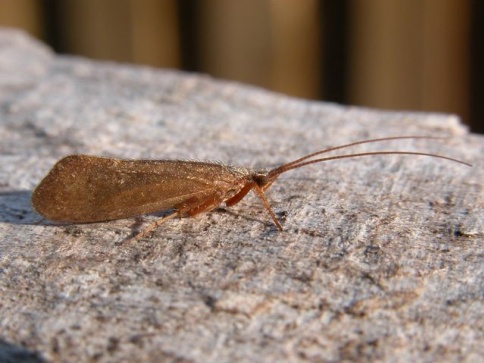
Nature conservation is the ecological consumption of energy, material and biodiversity in order to maintain or to restore the health of the natural world harmonizing and correcting economic activity, the major driving of biodiversity loss.
This is why Sakertour promotes and finances various restoration and creation projects.
Habitat restoration projects
Sakertour team members has been involved in the elaboration or execution of various habitat restoration projects in the Carpathain Basin. See a few samples below.
- Floodplain restoration. Natural river management: floodplain restoration and utilisation. Feasibility study on large-scale government projects to re-regulate the River Tisza by restoring extensive areas of living floodplains to receive the ever increasing flood water. The Floodplain Restoration Concept is an alternative to constructing dams or emergency reservoirs. (Project framework: VTT-1999-2002).
- Grassland restoration and management at the Hortobágy National Park for bird protection. Project was run by the Hortobágy Environmental Association. A 4-year long EU-LIFE restoration project to improve degraded bird habitats in the Hortobágy National Park with increasing livestock grazing pressure combined with rural development while creating employment opportunities for locals. (Project number: LIFENAT02/H/8638: 2002-2006. Project area: nearly 2000 hectares.). See details
- Wetland restoration and management at Biharugra Fishponds for migratory bird protection. A 4-year long GEF project in cooperation with Birdlife International and Wetland International to develop a sustainable, multifunctional, nature-friendly fish-farming model (Project life cycle: 2007-2010). Project was run by the Hungarian Birdlife partner MME.
- Sodic Lake habitat restoration and management in the Hortobágy National Park for bird protection. Project is run by the Hortobágy Environmental Association. Within the habitat type Pannonic salt steppes and salt marshes (1530) sodic lakes and their catchment areas principally comprising lowland Pannonic loess steppic grasslands (6250) are the most vulnerable and at the same time the most seriously deteriorated habitats in the Carpathian Basin. This 4-year long EU-LIFE+ restoration project is about to restore a sodic lake in the Hortobágy National Park as well as to carry out a survey of the current status of all the sodic lakes in the Carpathian Basin. This would be the first initial step for a Basin-wide restoration programme for these sodic lakes in the future. (Project number: LIFENAT07/H/000324: 2009-2012. Project area: nearly 2000 hectares.). See details

Bird breeding and feeding habitat creation
Sakertour spend considerable time and resources to help birds on species level as well. We try to protect certain species or group of species in practice by funding breeding habitat or feeding habitat creation. Annually several thousand Euros spent on these actions.
We finance nest boxes for various owl species and over the years more than 500 were created and installed in the various habitats of the Carpathian Basin. From 2012 we will support nest boxes for Red-footed Falcons, starting with 50 nest box.
We have also been helping the winter feeding of White-tailed Eagles and other raptors in the Hortobágy National Park since 2007. We operate three of the four feeding stations of the Hortobágy National Park where we dispose about 3 tons of fish in a season (November to March).
Our Passerine feeding stations in the Hortobágy and Zemplén area help thousands of birds to survive the cold winter month. A total of 1500kg bird seed and 50kg of fat is used annually in these feeding stations.
Around our hides we attract fish eating birds by fish and we offer drinking and bathing places for passerines and Cranes around our various hides.
